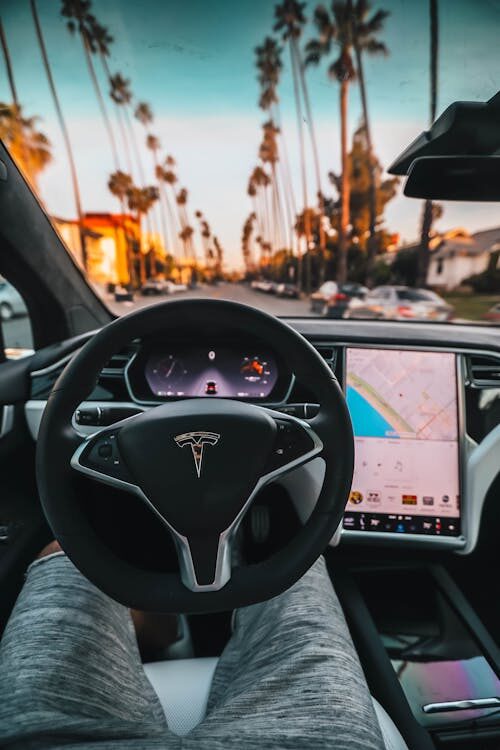Tesla FSD in China: “It Doesn’t Work”—Myth Busted by Shocking 36-Car ADAS Test

A persistent critique has haunted Tesla in its second-largest market: “FSD simply doesn’t work in China.” The argument was that its vision-only system, trained primarily on North American roads, was fundamentally incompatible with China’s chaotic traffic. But a recent, large-scale ADAS test conducted by the influential platform Dongchedi has not just challenged this myth—it has shattered it. As a market insight analyst on the ground, I see this as a pivotal moment that unveils three critical revelations about the future of autonomous driving.
This test was designed to cut through marketing hype and answer a brutal question: beyond everyday convenience, which system can be trusted when a split-second decision means life or death?
Revelation 1: The Misconception of ‘Compatibility’
The core of the “it doesn’t work” argument was about compatibility with daily, complex urban driving. And in that narrow ‘convenience’ race, locally-tuned systems from Huawei and XPeng have shown impressive performance. However, this test shifted the battlefield to ‘critical safety’—scenarios like avoiding ghost cut-outs and sudden high-speed obstacles.
In this arena, Tesla’s FSD achieved a near-perfect score of 5/6. Many LiDAR-equipped competitors, supposedly “optimized for China,” failed spectacularly. This forces us to redefine compatibility. Is it about handling daily traffic jams smoothly, or about preventing a fatal accident? This test suggests the latter is the true measure of a system’s core competence.
Revelation 2: Global Edge-Case Data Trumps Local Convenience-Tuning
So how did a system deemed ‘incompatible’ not only work, but outperform systems specifically designed for China’s roads? The answer lies in Tesla’s massive, global data moat.
While local data is crucial for navigating unique traffic patterns (convenience), critical safety scenarios are often universal ‘edge cases’. Tesla’s fleet has trained its neural network on a far wider spectrum of rare and dangerous situations from around the globe. This test proves that when avoiding a novel, life-threatening situation, the breadth of safety-critical data is more valuable than localized convenience data. This aligns with a point in our previous analysis, [Is Tesla’s FSD a Solo Act? Meet the Chinese Rivals Quietly Closing the Gap], where data diversity is key.
Revelation 3: The Regulatory Tide Now Favors Proven Safety
The fallout was immediate. Elon Musk highlighted the results on X, powerfully refuting the critics. More importantly, the Chinese government acted. Days after the test, the Ministry of Science and Technology released new “Ethical Guidelines for R&D of Driving Automation Technology.”
This official document, emphasizing “high respect for life,” signals that regulators will now prioritize verifiable safety over marketing claims. This trend inherently favors systems that can prove their robustness in critical scenarios, giving a significant tailwind to Tesla.
Conclusion: The Myth is Busted, The Real Race Begins
The Dongchedi test did not just rank cars; it powerfully refuted the idea that Tesla FSD is unfit for China. The “it doesn’t work” narrative was based on a limited view of performance. The real race is not about which car feels most comfortable in a traffic jam, but which one is intelligent enough to save your life. The game has changed, and the players are being judged by a new, more serious standard.
My AI Jazz Project:
One Comment